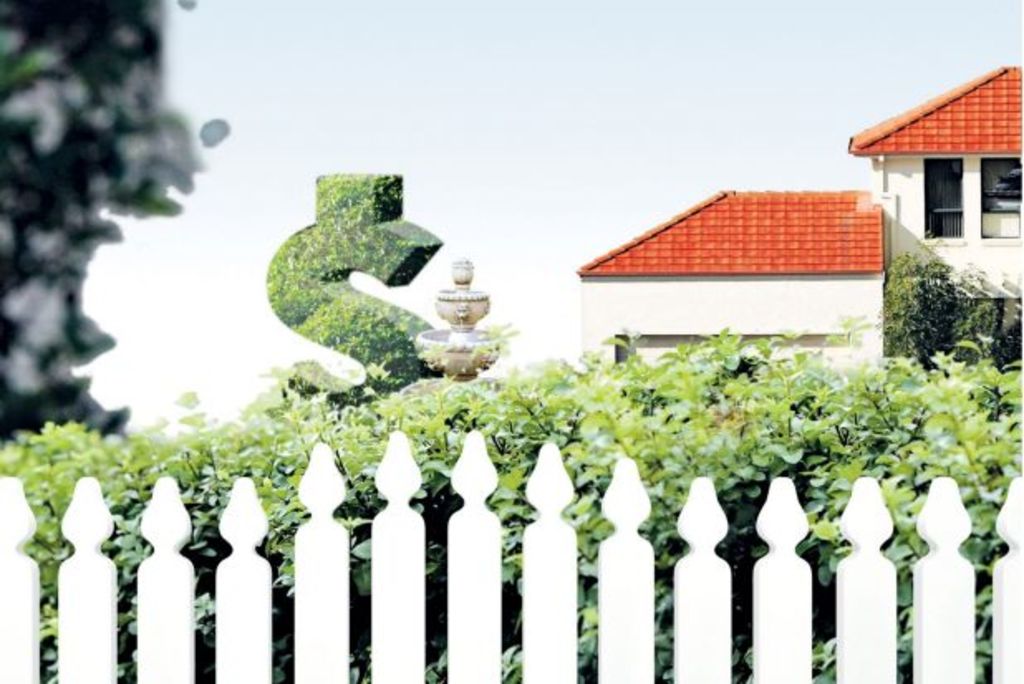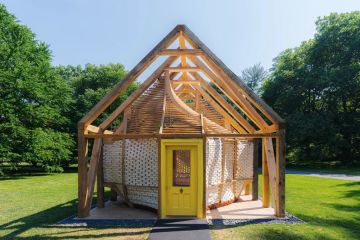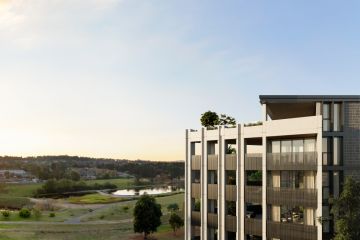Weighing up turning your home into an investment property

Turning a home into an investment property should be a financial decision, rather than an emotional one.
When your situation changes – whether it be relocating interstate for work or moving in with a partner – there are some things consider:
Is it emotional?
Wakelin Property Advisory director Richard Wakelin believes people often have a strong attachment to their first home.
He says keeping the home is also often seen as a safety blanket for when the new move does not work out, and some people may look to eventually downsize there.
From a financial perspective, Mr Wakelin says the family home – or the first property – usually has a lot of equity because of capital growth and debt reduction.
“Because of the amount of equity in it, it’s usually positively geared,” he says.
“And if something is positively geared, you’re paying tax on it as opposed to getting tax relief from a negative-gearing situation.”
The six-year rule
The principal place of residence is capital gains tax free.
Valuer and buyers’ advocate Greville Pabst, of WBP Property Group, says home owners can rent out their primary place of residence for up to six years and maintain a “capital gains tax free status”.
When it is leased for more than six years, the tax office would treat it as an investment property, which is subject to capital gains tax, he says.
“When somebody is relocating for work, or personal circumstances change, they really should speak to a financial adviser or their accountant as to how their tax status is going to change as a result of moving house,” he says.
Capital growth potential and rentability
Mr Wakelin says tax benefits are right on the bottom of the list for considerations.
What’s more important is whether the former home has a track record and a propensity for strong capital growth, he says, and whether there is a deep pool of potential renters for its property type in the particular area.
A period-style cottage (Victorian/Edwardian) or an older-style/art deco flat in the inner suburbs, within 10 kilometres of the CBD, has potential for good capital growth. But Mr Wakelin says not all properties are created equally or appreciate uniformly.
Home owners can look at comparable sales in the past six to 12 months, he says, and work out how much the property has appreciated over the past decade or two, he says.
“With certain types of properties, history is a very good indicator.”
Financial savings
By keeping the property and running it as an investment, home owners don’t need to pay stamp duty, marketing costs, building inspections and conveyancing fees.
Mr Wakelin estimates the transaction costs associated with selling a property can add up to about 10 per cent of its value.
Case study
Melbourne-based Leigh Chant of Rendina Real Estate says many investors decide to sell their property to either reduce the mortgage of their family home or to upgrade.
One of her clients rented out their two-bedroom art-deco house at 166 Mount Alexander Road in Travancore after relocating to Western Australia.
The vendors recently decided to sell it because they believe they’ll be living longer where they are, and wanted to upgrade to a larger family home.
They also chose to sell now because they thought the market is very good, she adds.
The property ended up selling prior to auction for $56,000 above the vendor’s $700,000 reserve, and attracted at least eight interested buyers.
We recommend
We thought you might like
States
Capital Cities
Capital Cities - Rentals
Popular Areas
Allhomes
More







